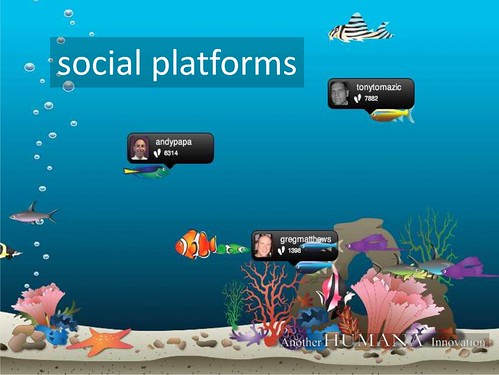In conjunction with this week’s Internet Identity Workshop, a number of folks including
and others have been thinking a lot about ProjectVRM. As part of the conversations, an activity this group was doing was trying to distill down to its essence what “makes” something “VRM” (or VRM-like, at least). We came up with a couple of core concepts, the first of which is that in a system that is VRM-ish, the following holds true:
“VRM Law #1: The individual is the point of integration.”
In other words, instead of myriad entities holding various “slices” of data/information about an individual, that individual instead is the place where that information comes together. The individual is the place where it all happens.
We want to keep kicking this rock down the street (or rolling this snowball downhill, or keeping this ball rolling, pick your own metaphor for “imparting forward motion to some type of spheroid object”). However, I’ve noticed that in trying to determine these traits of VRM-ness, we sometimes are getting caught up in the semantics of the words, and instead are not clearly communicating the core concepts.
So. Going to try something a bit new here. I’ve embedded an open, editable presentation below. Taking a page from the sketchbooks of Armano and Dave Gray and Dan Roam, let’s see if we can do this better visually.
Think of this as a “visual wiki,” if you will. Feel free to go ahead and change it, mark it up, tweak it, and adjust things. You should (theoretically) be able to edit the presentation by clicking here.
Let’s see what happens.

